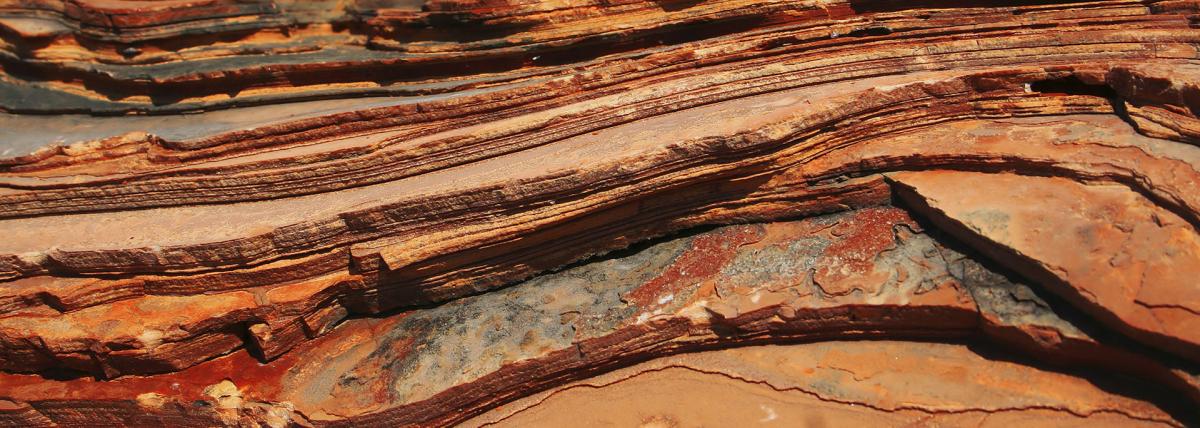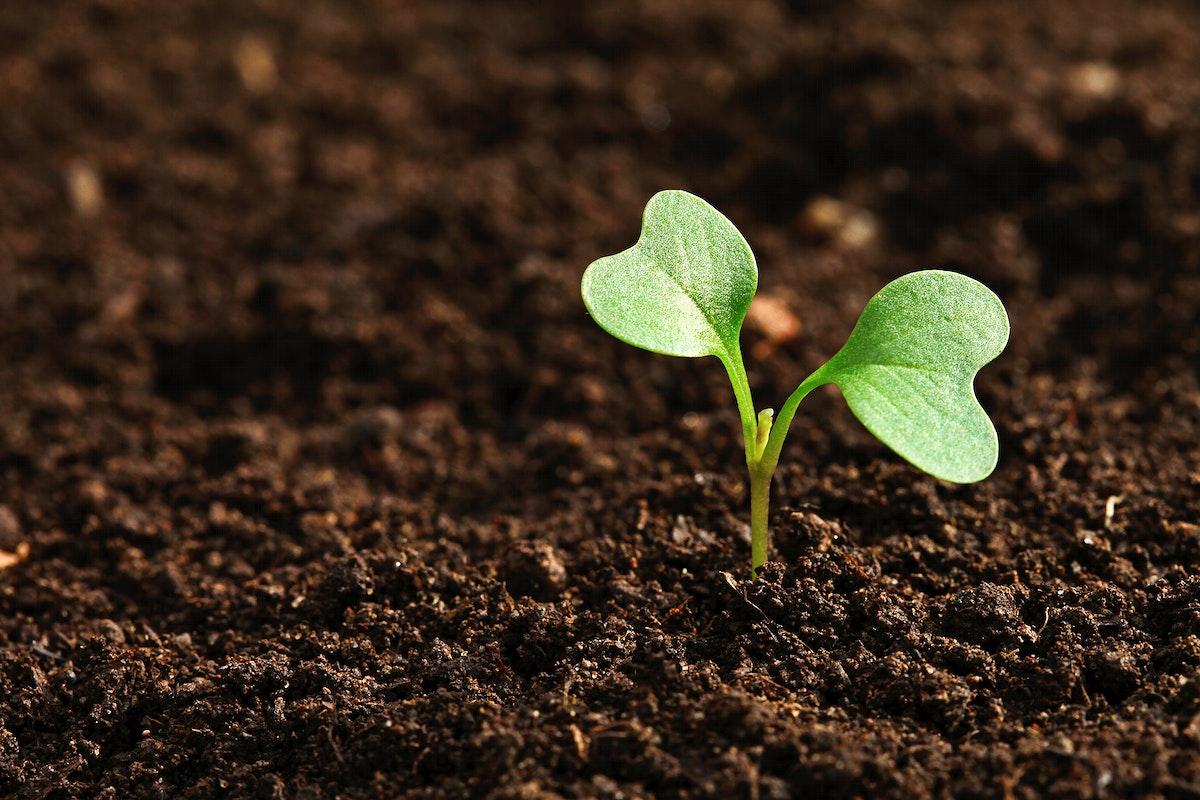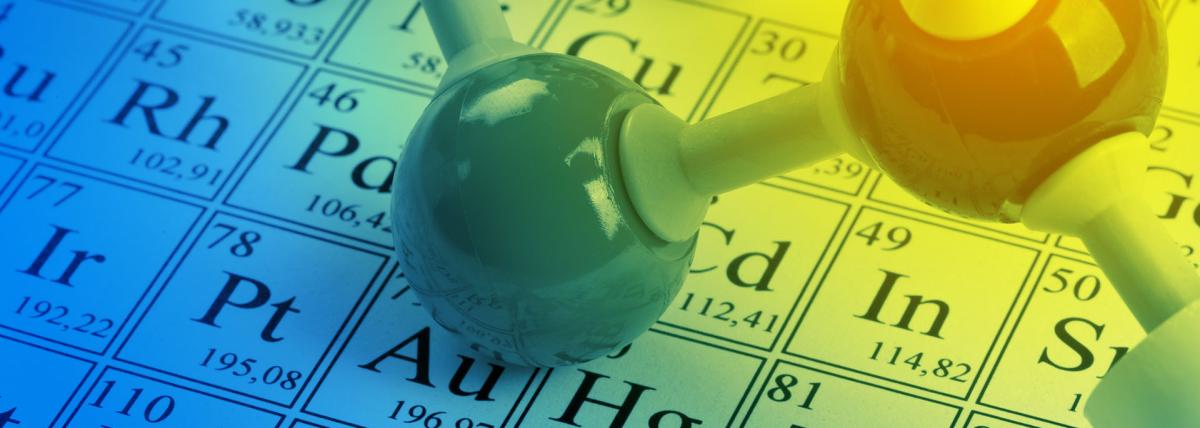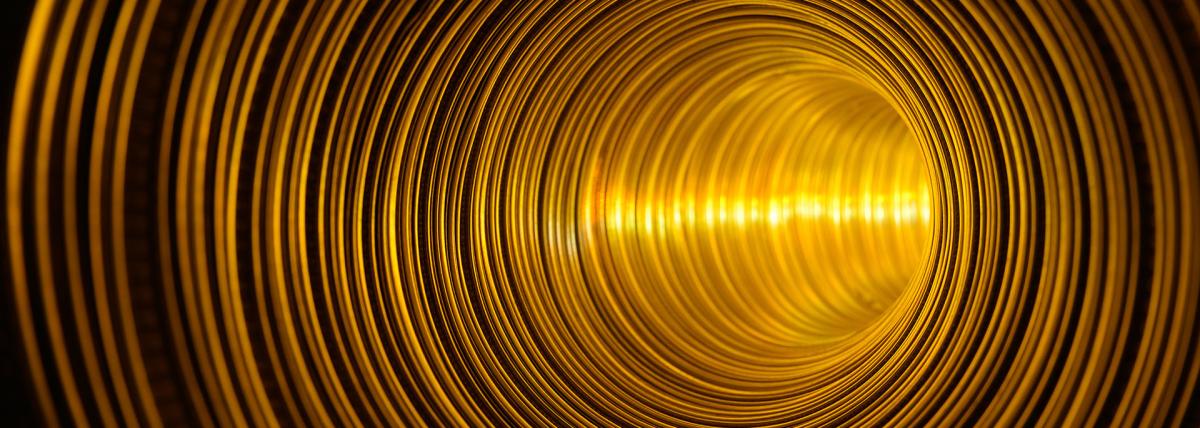
Students will learn about the four types of seismic waves during an earthquake. Students will then use that information to design a house that can absorb a majority of the seismic waves, limiting the

Students will learn about the four types of seismic waves during an earthquake. Students will then use that information to design a house that can absorb a majority of the seismic waves, limiting the

This lesson is part two of four lessons, which will culminate in the flight of drones built by the students. Lesson 2: Harmony focuses on how stakeholders work together to ensure safety, mobility, and

This lesson is part one of four lessons, which will culminate in the flight of drones built by the students. Lesson 1: SOAR focuses on social-emotional learning (SEL), noticing and wondering, and the

In this lesson, the students will evaluate the physical and structural characteristics of different types of soil by building a sand castle with each.

In this lesson students will evaluate if mass affects the velocity of an object when dropped from a certain height.

Students will use published scientific data and current evidence to identify the phenomenon known an urban heat island effect. Students will first analyze temperature data as well as land-use data

This lesson shows how matter can be subdivided into particles too small to be seen by creating ice cream in a bag from measured ingredients.

This is a 3rd grade lesson plan in which the students explore how sound travels and causes vibrations in waves. The students will explore how difference in wavelength affects sound vibrations.

Students will continue from their research and start an investigation to help with their solution. They will first learn about compost and what it does. They will then develop and investigation and